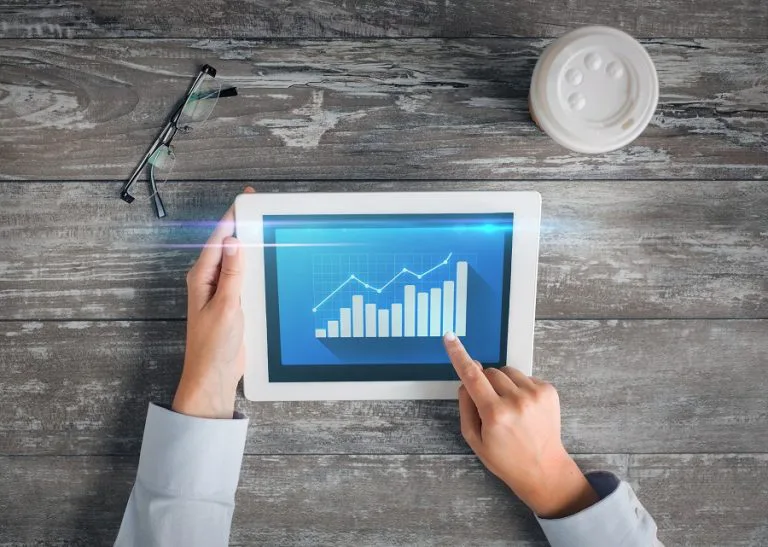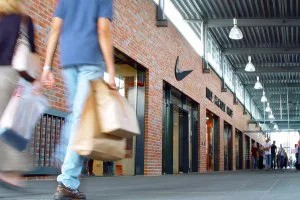


The reason
Because of this trend, retailers are aiming to increase their productivity, improve cost management and improve employee performance by optimizing their operations. Optimization is most easily achieved through the automation of operations and the analyzing of business analytics. The study held that the best-in-class organizations of 2012 were able to overcome these challenges by providing managers and leaders with access to relevant workforce data.
Although this sentiment rang true across all industries, it is especially relevant to the retail industry as brick-and-mortar stores need this information on a day-to-day, minute-to-minute basis. With analytics and workforce data, retailers can connect the dots between peak hours, conversion rates, promotions, advertisements, customer service and employee performance and see how they affect both the business and the customers.
The tools
Web stores have access to advanced analytics, like site traffic counters and email clicker reports, so it is especially important for brick-and-mortar stores to implement tools that can provide them with the same data. They need to do so in order to stay afloat in the state of the economy and the steady rise in online shopping. With work, enjoy the revolutionary statistics that you get from your online store. You can know how many visitors they get in a given minute, hour, day or week.
People counting systems are one source of workforce data that seem to be especially useful in the retail industry, because they take into consideration the number of sales opportunities that a retail store started out with and then lets them know many of those opportunities turned into paying customers.
This means that people counting systems can provide a wealth of knowledge for stores that don’t have guaranteed sales, such as clothing or jewelry stores, where customers are likely to walk in, browse for a while and leave empty-handed. These stores make up a big chunk of the retail sector. This is in comparison to stores like Wal-Mart, where just about everyone who walks in walks out with at least one item in-hand. They have high conversion rates, close to 100 percent, and therefore don’t need to know the amount of people who are browsing without buying.
The results
The layout of a store plays an important role in the buying process, especially in a large store. The placement of a product affects not only its visibility but its desirability. Thermal or video-based people counters can determine the areas of the store that are the most traveled. By comparing that information with transaction history, store owners can determine the success of certain shelves, displays or areas of the store.
Knowing difference in success between Shelf A and Shelf B is not only a good gauge for product placement, but is also the secret to scoring your in-store marketing campaigns. You can determine which areas are the best to place posters, kiosks or coupons. And by analyzing in-store traffic reports and sales transactions, you can see how many people responded to a promotion and what percentage of those people made purchases. These metrics give your advertising efforts a leg to stand on.
These metrics could also be combined with those of other channels to maximize insight. For example, retailers with both online and brick-and-mortar stores could compare traffic counts between the two and analyze their respective success. They could also launch similar campaigns in both channels to see which had the higher conversion rate, or let one act as the control.
These tools are invaluable to today’s brick-and-mortar retailers. This data allows them to stay on top as the United States slowly recovers from the recession and as online retailers continue to gain access to advanced capabilities.